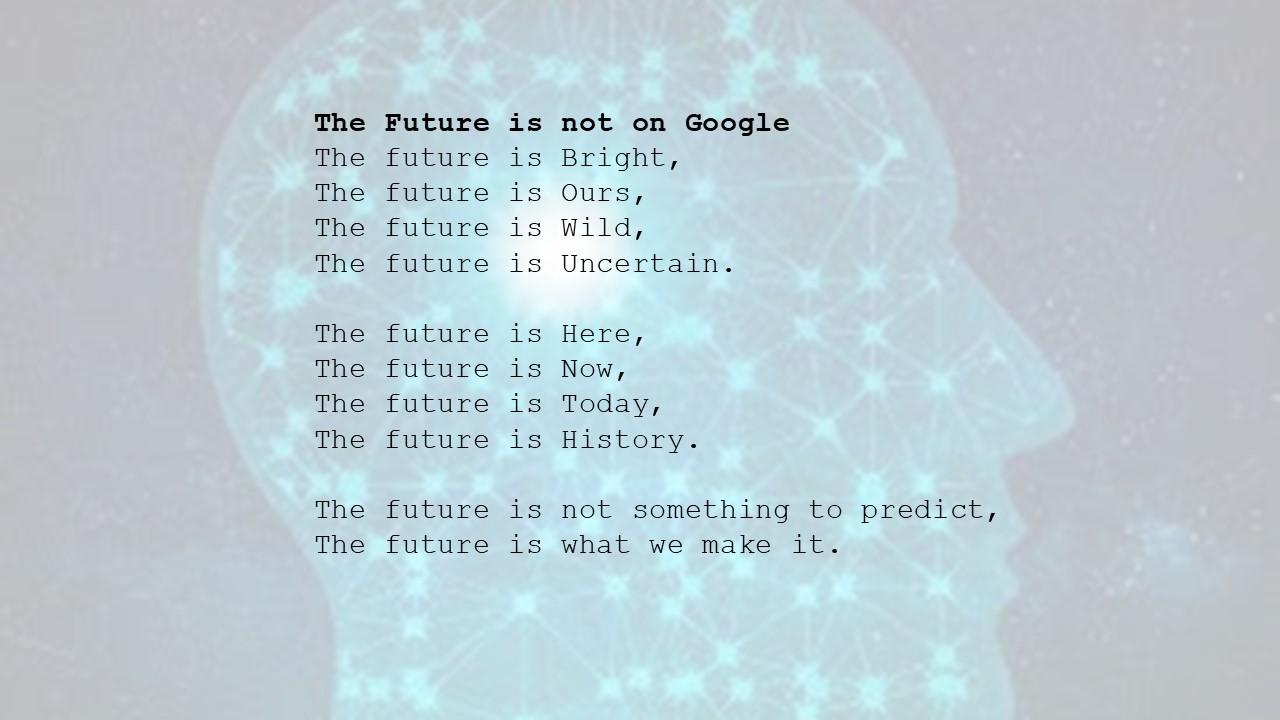Predictions about the future are challenging and usually inaccurate, but it is important that we take time to evaluate multiple futures: possible, probable, and desirable – in order to create our own vision for the future. Future thinking allows us to plan and prepare for the future and back-cast to mitigate risks and create the vision we want for ourselves, our students, and our institutions.
Over the past six months, teams from across the higher education sector have been supported by Advance HE to analyse current trends and potential drivers and disruptors of the sector, to envision the future student experience. The projects, which will be published next month, have examined the technological, social, environmental and economic factors that will drive or disrupt the sector. Future scenarios have included:
A tertiary education eco-system
Learning is space agnostic, taking place in the workplace, the further education sector, and the proliferation of alternative and open education providers.
Students learn at a pace and place that suits them. Students feel little or no allegiance to an individual institution.
Digital experiences and capabilities
4IR technologies, including internet of things, augmented and virtual reality are embedded into learning and teaching providing opportunities for all students to experience authentic and engaging student-centred learning and to develop the skills they will require for the 21st Century workplace.
Students learn through and about 4IR technology.
Quality higher education driven by Artificial Intelligence
AI is more sophisticated and so are the cognitive tasks it can replace. AI supports an accessible, flexible quality, higher education sector, through:
- Learning Analytics: providing on demand personalised feedback to students mapped to their goals
- Semantic Web Technologies: personalised support and learning pathways for students
- Discourse Analytics: providing automated assessment
- Social Network Analysis: supporting connection and networking
- Online proctoring and authentication technologies (Iris recognition, key stroke pattern) that would automate learning validation.
Students learning is monitored, analysed, and adapted to their needs and aptitudes.
The Embedded Community University
The university is an ecosystem that builds and maintains strong relationships between local communities and industries to collaborate and engage in joint decision-making towards innovative solutions and a shared purpose (Deakin University).
Students have seamless access to knowledge and resources, including indigenous knowledge, which is actionable for local issues, across geo-dispersed communities.

Image: The future constructed from auto-completed searches on Google. Credit for inspiration to @brian_Bilston
In the final #AdvanceHE_chat #LTHEchat for this academic year we are going to 2035, who and where are your students? What is your role as an educator? What do universities look like?
Join us at 20:00 BST on Wednesday 29 June and share your vision for the future of higher education.